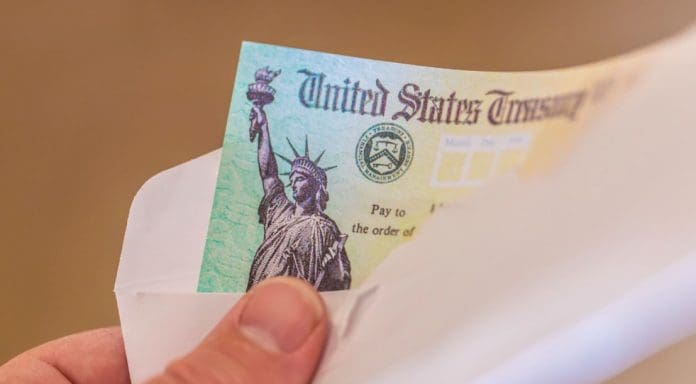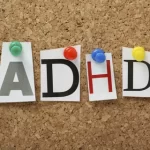With the Federal Reserve talking tough for the past few weeks, investors had started to expect an easing of inflationary pressures even as the federal stimulus checks died out. The stock market heaved a sigh of relief with the expectation that President Biden had, at last, managed to rein in rising prices. It has been the greatest nemesis of his brief presidency.
But fresh data has brought back that sense of despondency. Inflation has gained a vice-like grip, and it appears to be far from peaking. This will have dramatic consequences for the Federal Reserve, investors, and American politics.
This week the Bureau of Labor Statistics revealed that the consumer price index for May was 8.6% higher year-on-year. it is the fastest annual rate of inflation since 1981. The momentum of the rise was more disconcerting. Month on month, consumer prices rose an alarming 1%, way above the April increase of 0.3%.
Consumer sentiment also has plunged into the depths fuelled by the persistently high rate of inflation. Consumers are now anticipating an average inflation rate of 3.3% over the next 5-10 years, up from 3% expected a month before.
The inflation has become more broad-based lately and has affected goods such as electronics and cars, rental costs, and also the regular victims such as gasoline and essential household items.
With gasoline set to cross the $7 a gallon mark in some states such as California, Americans have reasons to be dispirited, especially as the federal stimulus checks have stopped. But with state stimulus checks around the corner, low and medium-income residents of several states can hope for some measure of relief.
Continued Inflationary Pressure Could Derail President Biden’s Mid-Term Prospects In The Absence Of A Stimulus Check
While the present inflation is a worldwide phenomenon, America and its allies have been at the receiving end of their confrontation with Russia over the war in Europe. It has afflicted cross-border supply chains, and along with the lingering effect of the pandemic, has accounted for around two-thirds of the annual rise in inflation in the past year.
But voters in America are insular when it comes to world issues and will link the high inflation to his time as the President. Just 500 days into his presidency, Biden finds his performance disapproved by 53.6% of Americans, with only 39.7% supporting him. It is the worst negative gap for any president since World War II, standing at 13.9%.
While midterms are rarely good for any American president, the high-inflation rate and the absence of a federal stimulus check to ease the pain of high prices could prove to be an unmitigated disaster for the ruling Democrats.
The Republicans are well on the way to wresting control of both the House of Representatives and the Senate. Even as the President tries to draw attention to the millions of jobs that have been recovered as the economy returned from the clutches of the pandemic, the soaring cost of living and the prospect of a deep recession are instead top on the mind of the electorate.
Doubts Remain That Stimulus Checks Were Responsible For The High Inflation
Congress has already sent 3 rounds of stimulus checks, the last one after President Biden came to power. The size and scope of the stimulus checks were unprecedented and beat the 2008 stimulus check both in the amount disbursed and the scope of its reach. A year after its issue, there are no signs of any further stimulus checks and arguments remain about its effectiveness.
While a section of analysts argues that giving extra money directly into the hand of individuals and households is directly responsible for the rise in general price levels. In other words, it directly contributed to inflation, something the Republican opposition regularly stresses.
But many believe that stimulus checks had been effective these past two years and helped people. They say that instead, the current inflation is more due to the war in Europe, the supply chain issues, and the shortage of manpower as people are slow in returning to the workforce.
How Stimulus Checks May Have Contributed To Inflation
Congress under the Republicans immediately sanctioned the first of the stimulus checks just after the lockdown was declared. The nation, especially the low and medium-income citizens stayed afloat during the pandemic and the economic downturn that followed thanks to the $5T avalanche of stimulus checks that was directly put in the hands of people in 2020 and 2021. The biggest share went directly to households and businesses.
Around $1T of that fund went directly into personal bank accounts through the three direct stimulus s checks and the enhanced advance child tax credit relief payments. Trillions more made it to the people through indirect enhancement programs such as SNAP.
But soon after the third stimulus check ended, prices began to creep northwards. The total economy came under the grip of the 40-year-high inflation and the opposition Republicans were quick to seize the opportunity to blame the inflation directly on the Democrats.
While it was easy to draw a straight-line connection between the largest direct cash infusion into the American economy and the high inflation rate, the reality is more complicated than what has been alleged by a section of the politicians.
Inflation is a natural and normal part of any economic expansion. Even as businesses grow, workers get hired and unemployment goes down. With households earning more, the demand for services and goods rises, and that in turn causes prices to rise.
But the past two years were anything but normal or natural. And the same goes for the 8.3% rate of inflation which rose to a 4-decade high before easing down a little.
While in a normal economic expansion, the rise in prices is slow as money enters the economy gradually. So it is reasonable to assume that a sudden infusion of trillions of stimulus check dollars would send prices northwards.
While it can be argued that at least a part of the inflation can be pinned down on the stimulus checks. The Fed Reserve of San Francisco estimated that the government stimulus may have contributed to at least a 3% increase in the rate of inflation.






